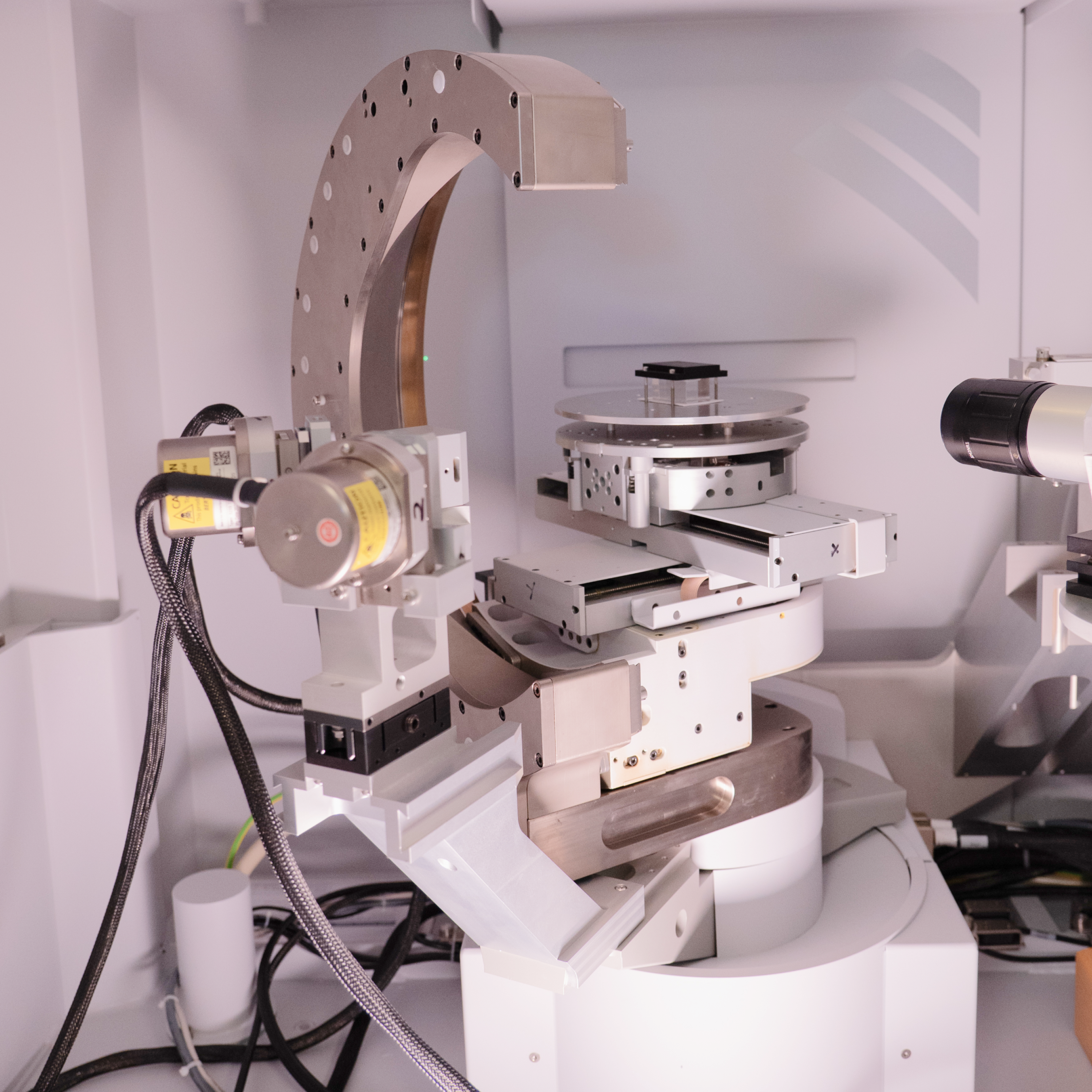High Resolution X-Ray Diffraction
High-resolution X-ray diffraction (HRXRD) is a powerful technique used in materials science to analyze the structure and properties of materials at the atomic scale. The method involves directing a beam of X-rays at a sample and analyzing the pattern of diffraction that results when the X-rays interact with the sample's crystal lattice. |
 |
|
Technologies |
What is High Resolution X-Ray Diffraction ?HRXRD is particularly useful for studying thin films and epitaxial structures, where the precise arrangement of atoms and defects can significantly affect the material's electronic, optical, and mechanical properties. The technique can provide valuable information about the crystal orientation, lattice spacing, strain, and defects within the material, allowing researchers to optimize its performance for specific applications. One of the key advantages of HRXRD is its ability to provide non-destructive, non-invasive measurements of samples without altering their structure or composition. This makes it a valuable tool for analyzing samples in situ, such as during growth or annealing processes, or for studying samples that are difficult or impossible to prepare in bulk form. Overall, high-resolution X-ray diffraction is a valuable technique for analyzing the structure and properties of materials at the atomic scale. Its non-destructive nature and ability to provide detailed information about thin films and epitaxial structures make it an essential tool for researchers in materials science, solid-state physics, and other fields where understanding the properties of materials at the atomic scale is critical. Malvern Panalytical Tools for HRXRD AnalysisMalvern Panalytical's tools for XRD analysis are some of the most advanced and user-friendly in the industry. The company's flagship product, the X'Pert³ MRD XL system, is a high-resolution X-ray Diffractometer that provides users with unparalleled performance and versatility. High-resolution X-ray diffraction (HRXRD) is a versatile technique that can be used to develop a wide range of technologies across various fields. Here are some examples:
At our laboratory we have two systems, both equipped with
ConclusionHigh resolution X-ray diffraction is a powerful tool that enables researchers to get an accurate picture of the atomic structure inside materials. With this technology, researchers can develop new materials for technologies like solar cells, LEDs and more. It’s important to remember that high resolution X-ray diffraction requires complex calculations and instruments in order to gather useful data; however, with the right apparatus, you can gain valuable knowledge on any material’s inner workings from across different industries. High-resolution X-ray Diffraction is an invaluable tool in understanding the structure of materials with high precision and accuracy. It can be used to characterise nanomaterials, organic semiconductors, proteins and more. We hope that this overview has given you a good introduction to the technique and how it can help to further our knowledge of materials around us. |
|